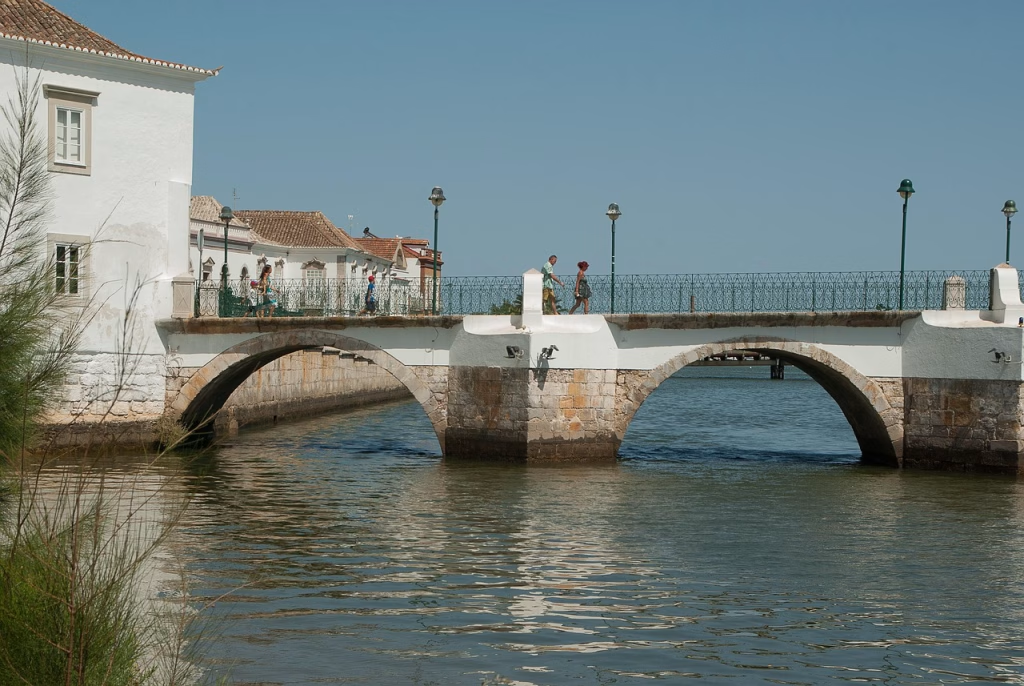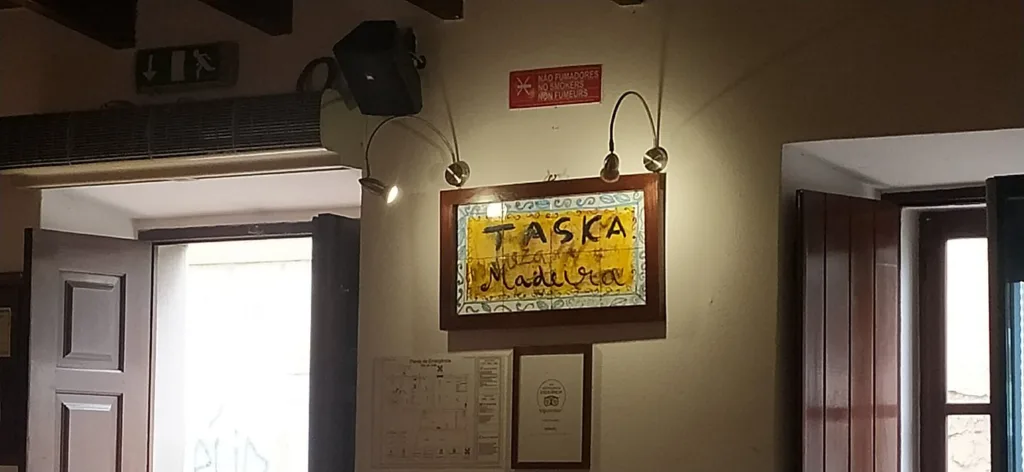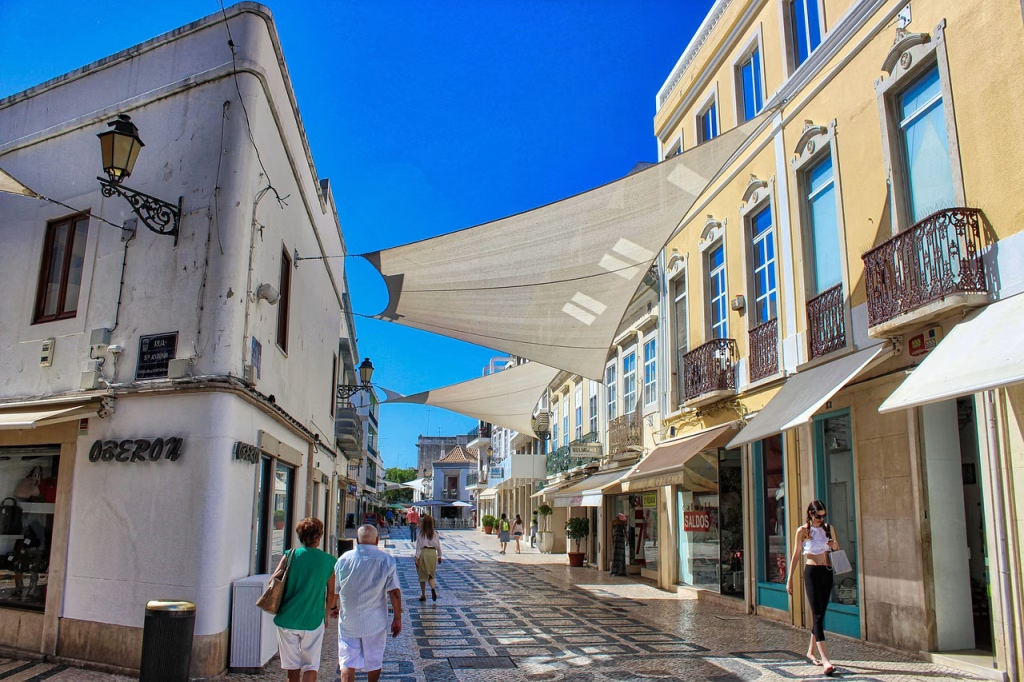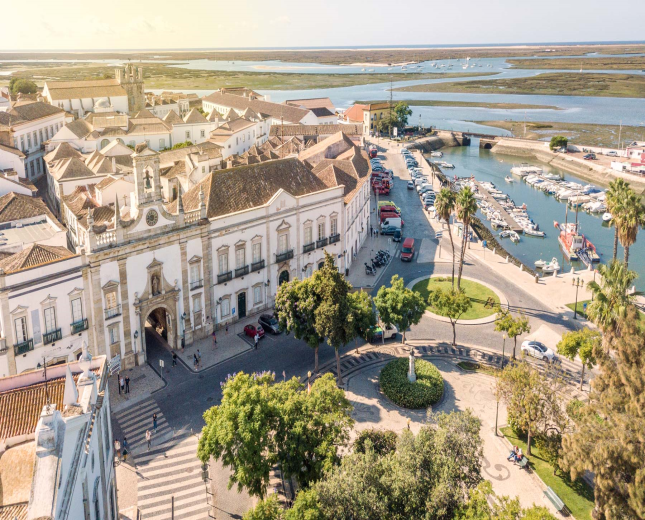Let’s be honest—Tavira doesn’t have to be expensive to be unforgettable. If you’re staying at Taste Tavira AL , you’re in luck: many of the town’s best experiences are within walking distance , free of charge , or incredibly affordable . Whether you’re a budget-conscious traveller, a slow wanderer, or just someone who enjoys good value, here’s how to soak in the best of Tavira without breaking the bank .
1. Stroll the Roman Bridge at Sunset 🌉
A few steps from Taste Tavira, the Ponte Romana (Roman Bridge) stretches across the Gilão River like a poem in stone. It’s completely free and especially beautiful at golden hour when the reflections dance on the water and musicians often perform nearby. Bring your camera—or just pause and take it in.
2. Wander the Old Town’s Cobbled Alleys 🧭
Getting lost is free—and in Tavira, it’s worth it. Start from Praça da República and wind through whitewashed lanes filled with tiled façades, iron balconies, and quiet corners. Every turn offers something photogenic. Peek into hidden courtyards , pause at a blue-tiled church , and enjoy the rhythm of daily life.
3. Visit Tavira Castle & Garden 🌸
Yes—Tavira has a castle, and yes—it’s free. Climb the stone ramparts for sweeping views over the old town and out toward the Ria Formosa. Inside, the castle gardens bloom with bougainvillea, citrus trees and rosemary. It’s peaceful and packed with history.
🕐 Open daily . Free entry.
4. Church-Hopping on a Budget ⛪
Tavira is home to over 20 churches , many dating back to the 16th and 17th centuries. Some, like Igreja da Misericórdia (which sometimes charges €2), offer ornate interiors and azulejos. Others, like Santa Maria do Castelo , are usually free to enter and worth a quiet visit.
Insider tip : Time your visits just before or after Mass for a more reflective atmosphere.
5. Explore the Salt Pans (Salinas) 🧂
Walk south from Taste Tavira AL across the pedestrian bridge, and within 10 minutes you’ll find yourself near the salt flats. These pink-hued salinas shimmer in the sunlight and are home to flamingos, stilts and spoonbills. It’s a great spot for free birdwatching and photography .
Bring binoculars if you have them, and wear good shoes—the trail can get sandy!
6. Market Magic: People-Watching & Picnic Prep 🍅
The Mercado Municipal is free to enter and endlessly colourful. Even if you’re not buying fish or veg, it’s worth a visit to see the morning hustle. For just a few euros, you can pick up fresh bread, cheese, olives and fruit —perfect for a picnic by the river or up at the castle.
⏰ Open daily (except Sundays) in the mornings. Just a 5‑minute walk from Taste Tavira.
7. Riverfront Picnics & Reading Spots 📚🌿
The grassy banks of the Jardim do Coreto or the Parque do Palácio da Galeria offer quiet spaces to sit, read, and relax. Pack a small picnic, borrow a book from the AL’s shelf, and listen to the gentle sounds of the river and birds around you.
8. Affordable Local Eats Under €10 🍽️
Eating out doesn’t have to be pricey:
- Taska Madeira – Great lunch menus around the corner (prato do dia) for €8–10
- Pastelarias (like Tavirenze) – coffee and pastel de nata for under €2
Just around the corner from Taste Tavira or at walking distance, these gems are ideal for a budget-friendly bite .
9. Take the Local Bus to Cabanas (€2) 🚌
From the bus stop at Tavira’s main terminal (about 10 minutes’ walk), hop on the local Vamus bus to Cabanas . In low season, the trip is under €2 and takes 15 minutes. Walk the boardwalk , watch fishermen mend their nets, and maybe grab a €1 scoop of ice cream.
🚌 Check the current timetable here: vamusalgarve.pt
10. Train Adventure: Tavira to Vila Real (€3.60) 🚆
If you want to explore further on the cheap, the train station is only a 12-minute walk from Taste Tavira AL. A one-way ticket to Vila Real de Santo António costs around €3.60 . Along the way, you’ll pass salt flats, lagoons, and traditional villages.
Buy tickets at the station (machines or kiosk) or on board.
💡 Final Tips for Budget Travellers
- Bring a reusable water bottle – Tap water in Tavira is clean and safe
- Markets close early – Get there before 13:00
- Local wines in shops start at €3–€5 per bottle—perfect for an evening on your balcony
- Free WiFi is available in many cafés and the town library and speed fiber at Taste Tavira
✨ Tavira’s Real Luxury: Simplicity
Tavira doesn’t try to impress with glitter. Its magic lies in the quiet backstreets, small gestures, and gentle pace . Staying at Taste Tavira AL puts you in the heart of it all—no car or credit card needed. Just curiosity, good shoes, and an appetite for simple pleasures.







